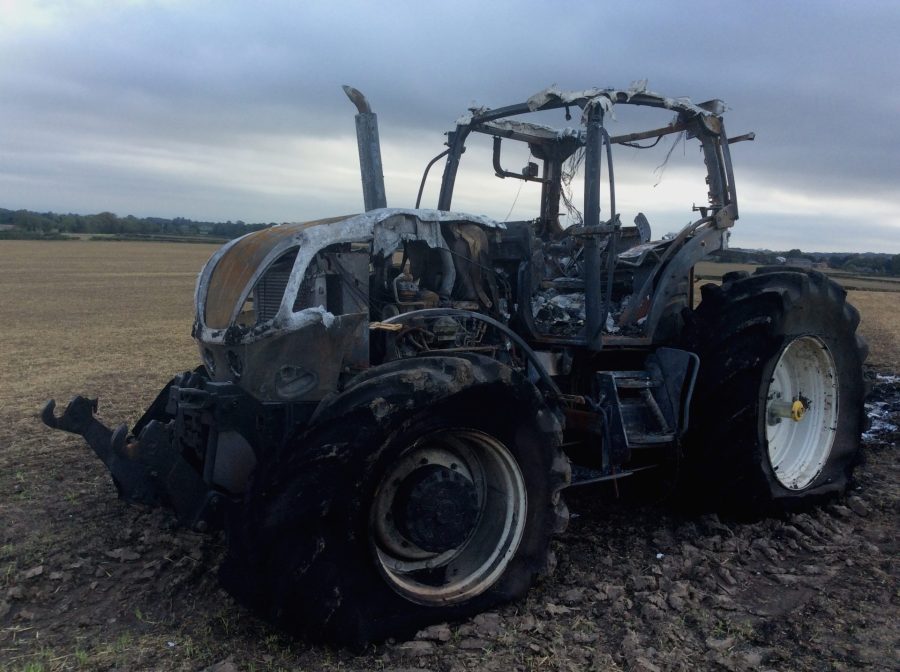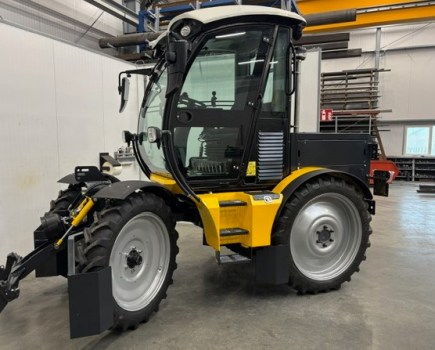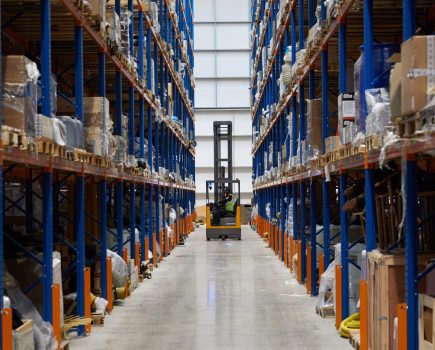NFU Mutual paid out nearly £19m on claims resulting from tractor fires in 2019. In-house research shows that overloaded battery terminals contributed to the increase.
Following an examination of the causes of almost 1,000 tractor fires, the rural insurer discovered that a common factor in a number of fires in modern tractors was electrical accessories wired directly to the tractor battery cables.
When combined with the heavy current drawn from modern tractor electrical systems, these extra loads can lead to overheating and fires. NFU Mutual, which is working with machinery manufacturers and dealers to identify potential problems, urges farmers to check tractor accessory wiring and ensure any new electrical equipment is wired through a properly installed connector rather than direct to the battery.

“Over the last few years the number of tractor fires has shot up, putting lives of people and livestock at risk as well as leading to expensive damage and disruption of farming activities,” says Bob Henderson, technical engineering manager for NFU Mutual.
“A tractor is a significant investment for any farm and the damage from a fire is often total. It is often very tricky to find the exact cause of tractor fires because the intense heat makes forensic examination difficult.”
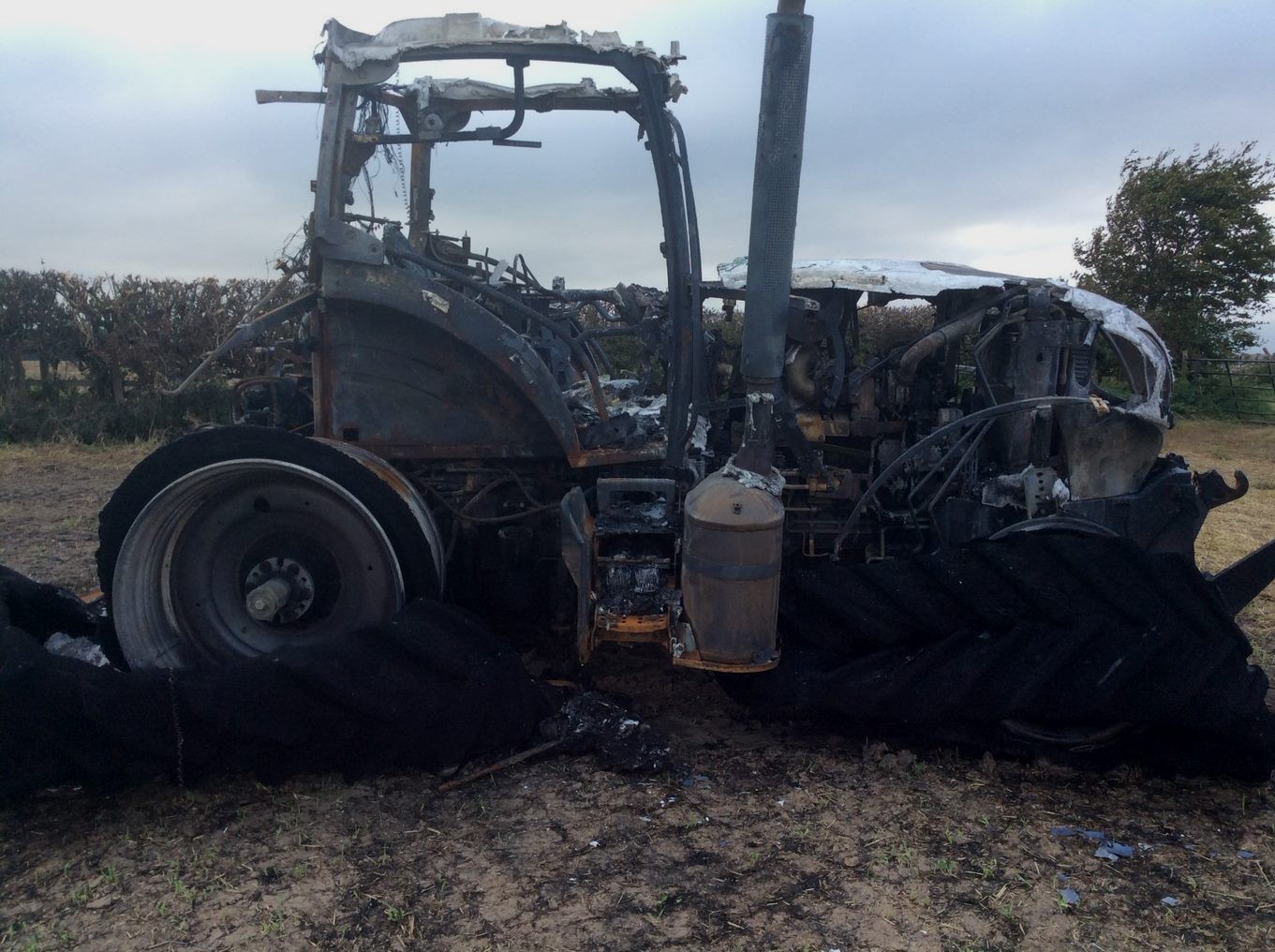
Traditionally accidental tractor fires have been attributed to overheating bearings and other moving parts starting fires – or chafed wiring causing a short circuit. However, NFU Mutual staff engineers, who inspect damaged machinery, were concerned that there could be another factor behind the rise in fires seen in tractors which are only a few years-old.
“During our in-depth investigation of these cases we have found a number of fires that have been caused by resistive heating of the battery terminal,” continues Mr Henderson. “In every case the battery terminal has either been altered or has had an additional power feed added. This can compromise the efficiency of the battery clamp, making a poor connection and increasing resistance. This then causes a build-up of heat to the battery clamp and terminal, which ultimately can catch fire.”
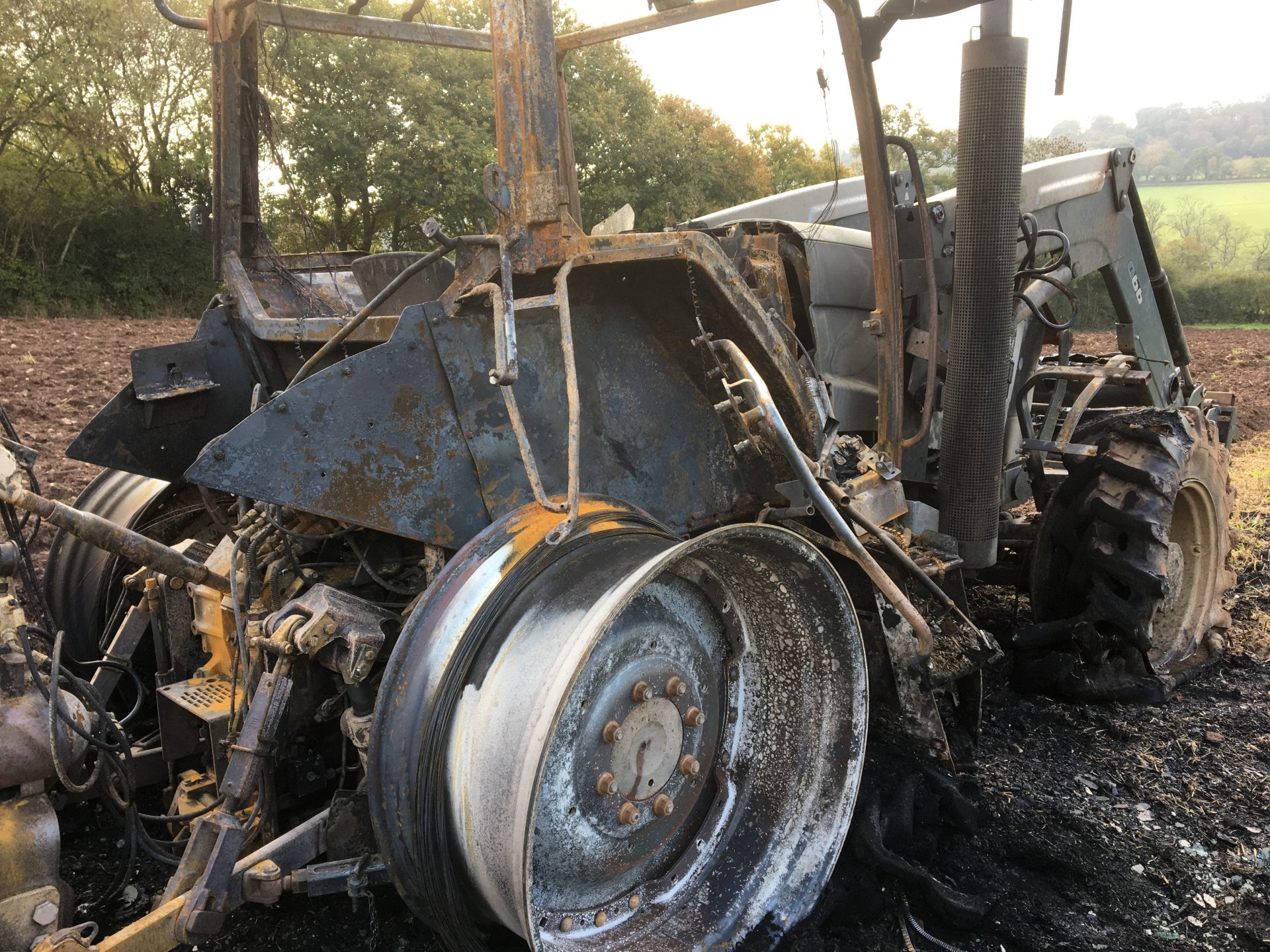
Older equipment is not so power hungry, he adds, and drawing additional power supplies from the battery was an accepted method. “Unfortunately this is not so now. Manufacturers have now combatted the problem by fitting power strips to cabs and have also started to use ISObus connectors – both of which avoid overloading the battery wiring.”
NFU Mutual tractor fire prevention checklist:
1. As part of the regular maintenance schedules check the battery terminals are tightened to the correct manufactures torque settings.
2. Check the routing of wiring harness, connections, ensuring clips, fixings and grommets are secure and free from damage.
3. If an electrical system is not working correctly find out why, don’t ignore these early warning signs, investigate the cause, because it could lead to a major issue.
4. Maintain a strict cleaning regime, by removing the build-up of any material from the engine bay, exhaust systems, axles and under cab area, which could be a potential fire risk.
5. When checking the machine’s fluid levels, if a top up is required question why? Is there a potential leak within the system, which could lead to a fire risk?

